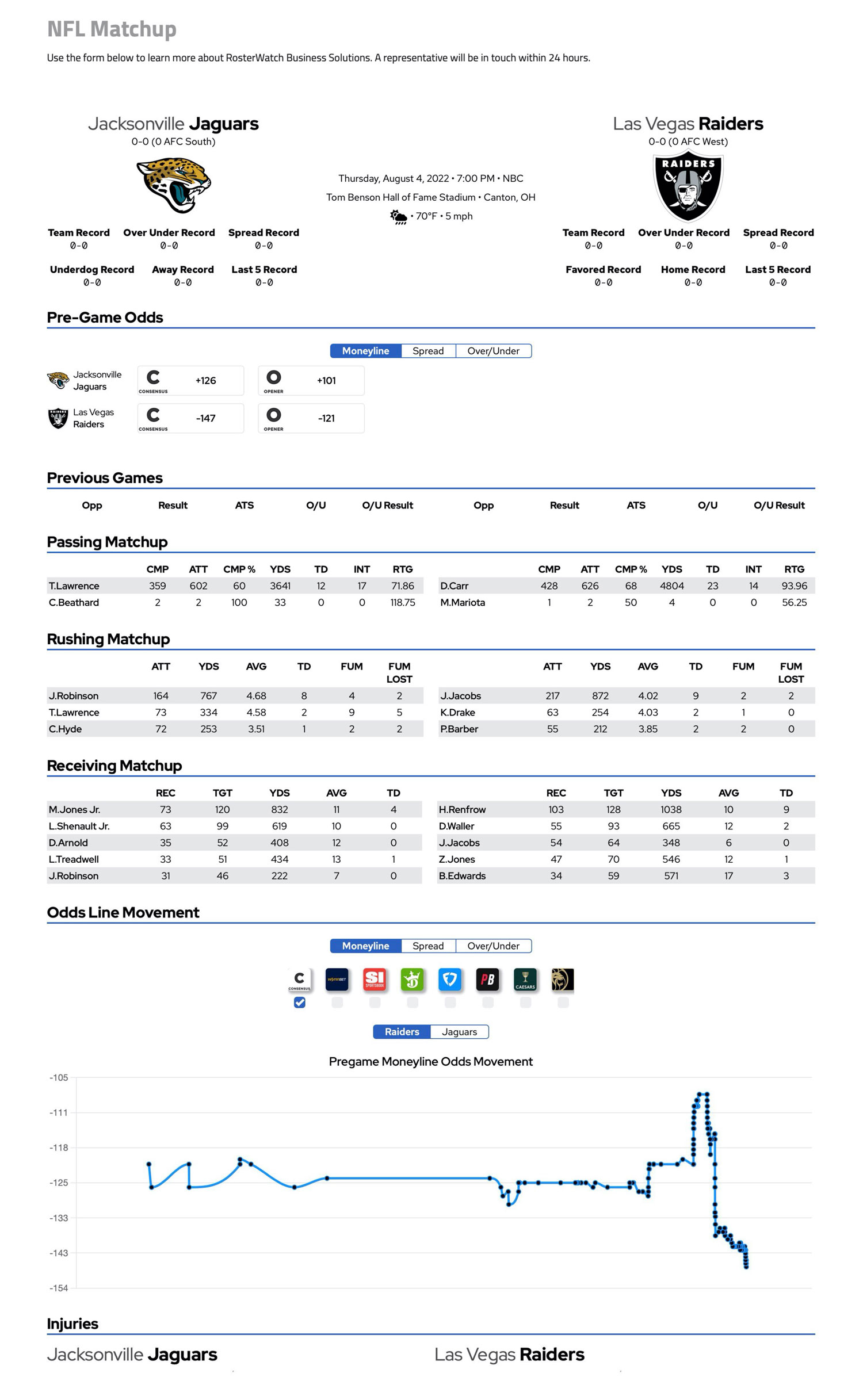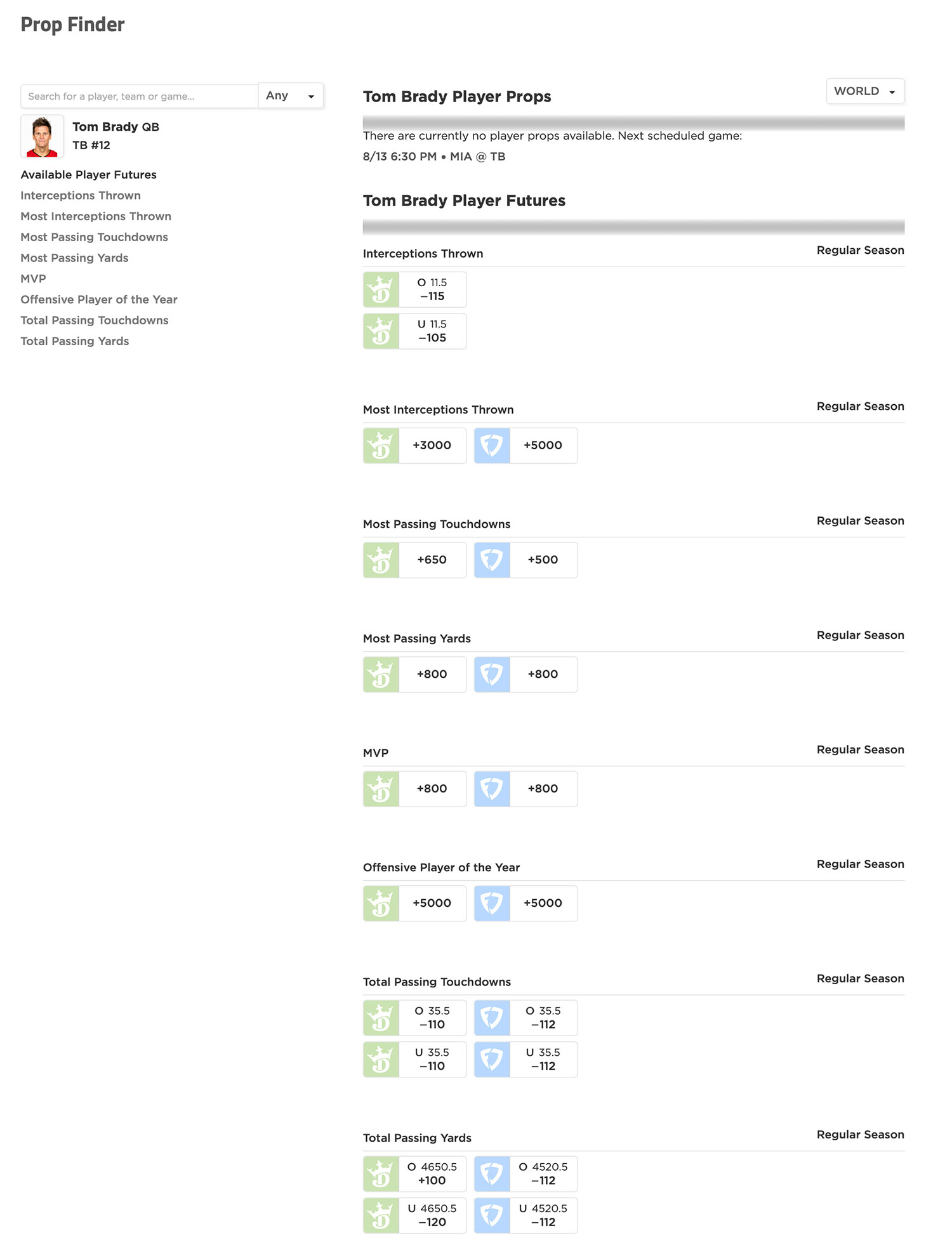
2017 Fantasy Strength of Schedule and Fast Start Tools: TE
 Longtime favorites of many in RosterWatch Nation is the Strength of Schedule and associated Fast-Start and Playoff Schedule tools. The tool is simple-to-use and designed to be an intuitive tie-breaking tool when faced with tough decisions in mock drafts while preparing for draft day. PRO MEMBERS: CLICK HERE TO GO TO YOUR DOWNLOADS SECTION TO DOWNLOAD THE TIGHT END TOOL.
Longtime favorites of many in RosterWatch Nation is the Strength of Schedule and associated Fast-Start and Playoff Schedule tools. The tool is simple-to-use and designed to be an intuitive tie-breaking tool when faced with tough decisions in mock drafts while preparing for draft day. PRO MEMBERS: CLICK HERE TO GO TO YOUR DOWNLOADS SECTION TO DOWNLOAD THE TIGHT END TOOL.
Please remember that all final draft decisions should come solely and only from the magical and mystical RosterWatch cheat sheet which will have all of this information and so much more baked in. However, it is always wise to know the kind of schedule your fantasy players will face and, at which points in the season you may expect upgraded or downgraded performance based on matchups. The tool is simple and intuitive to use, but if you have questions about how to use it, or how our proprietary matchup grades are formulated, please see below.
EXPLANATION OF THE TOOL
The matchup grades for each defensive unit the fantasy player will face are marked as always on the RosterWatch matchup tool. They are listed in order from 1-32 with 1 being the easiest (or BEST) matchup for opposing players at the given position and 32 being the toughest (OR WORST).
Cells on the NFL Schedule grid next to each opponent are color-coded in the same way as the world-famous and epic RosterWatch Matchup Tool:
RED: Awful Matchups
PINK: Bad Matchups
WHITE: Neutral Matchups
LIGHT BLUE: Good Matchups
BLUE: Excellent Matchups
The tool is a simple NFL Schedule grid with Weeks 1-16 visually represented via the type of matchup we are projecting it will be for the fantasy player. Each position’s set of tools features this one grid sorted in three different ways:
1) TOTAL DIFFICULTY: the full season’s total sum of matchup grades. The higher the total sum of grades, the higher the difficulty of the schedule. The teams are sorted from easiest to worst projected schedule for the position in question.
2) FAST-START: the total sum of matchup grades for the first four games of the season (as we put a HIGH premium on getting off to a fast star). The higher the total sum of grades, the higher the difficulty of the schedule. The teams are sorted from easiest to worst projected schedule for the position in question.
3) PLAYOFFS: the total sum of matchup grades for Weeks 14-16 (the fantasy playoff period in over 95% of leagues). The higher the total sum of grades, the higher the difficulty of the schedule. The teams are sorted from easiest to worst projected schedule for the position in question.
WHAT GOES INTO RW UNIT MATCHUP RANKINGS?
RosterWatch Matchup ratings ARE NOT REGULAR-OLD “FANTASY POINTS AGAINST” metrics. In fact, these rankings will vary greatly from what you see elsewhere from outlets using such a worthless predictive metric as last year’s final fantasy-points-allowed tallies. While fantasy-points-against does make up a small portion of the overall mix of steps that make up our proprietary matchup algorithm in-season, what makes our unit matchup rankings so special is that the scores come predominantly from RW’s private matchup grades for every projected player who will be defending against the run, defending the receiver/tight end in coverage and rushing the passer. All of these private grades give us our initial baseline scores which go into our overall defensive unit rankings, but they also allow us to dissect the defense into groupings suited toward each fantasy position specifically.
***This tool is a decision-making, tie-breaker tool and is NEVER to be used as a substitute for the RosterWatch Cheat Sheet.
2 Comments
Leave a Reply
You must be logged in to post a comment.








Still think Doyle over Rudolph after pulling this together? And thanks for doing this. It provides some great insight!
It’s an interesting question as the cheat sheet is not necessarily rankings as much as it is a guide about who and when to take where if value falls, but I personally still prefer Doyle at ADP.